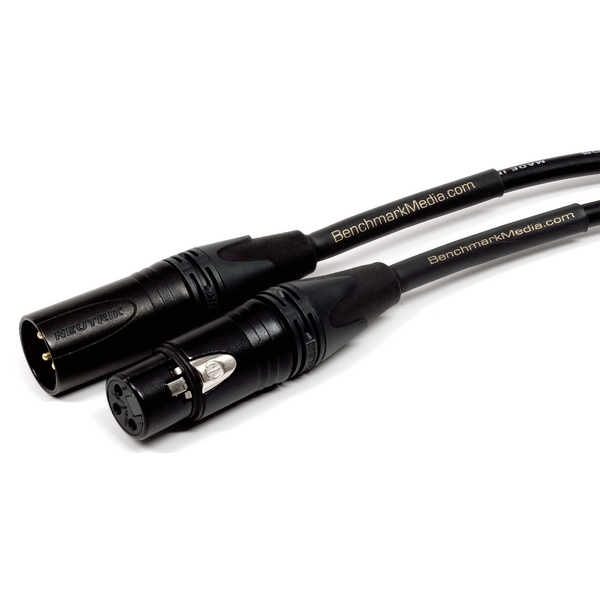Here to save everyone time:
- You didn't test any cables made of Teflon
- Did you try changing the direction of the cable?
- You didn't test electrostatic susceptibility
- There is a "ton" of RF out there, and you didn't do anything to simulate that
- This says nothing about what would happen in a real situation with vibrations
- Looped into and out of the same equipment, it is not real world
I am sure I missed at least 10 excuses

- Out of boredom, and to shut someone up, I calculated the potential impact of dielectric absorption on a cable assuming a 10K source and 47K load using typical capacitance for a 6 foot interconnect. For polypropylene, I think I was 180-200db down, sort of worst case. Teflon would be lower. Don't ask me to recreate the equations but you are welcome.
- A friend calculated the potential for distortion from inductive and capacitive non linearity, and estimated 200-250db down
- A placed a cheap RCA cable I have directly in front of the drivers on a 3 way (all in line) and almost touching playing loud. I loaded it with 2K ohms. With a 50KHz bandwidth microvolt meter, I measured a few microvolts. Even I was surprised it was so low. Then again, MM phono catridges work, so ....
- There are cheaper ways to fix ground loops
- 100% mesh and foil shield can be found on $10 cables, double shields for not a lot more. There goes that RF and electrostatic argument
Of course, some of these brands seem to go out of their way to make really dumb and expensive cables.

